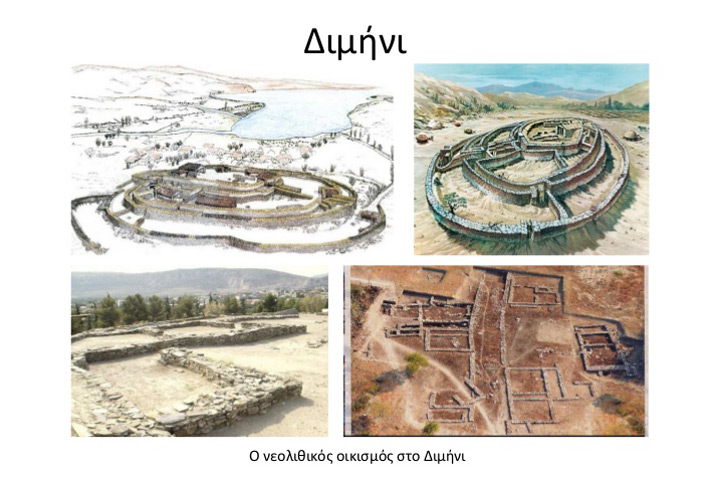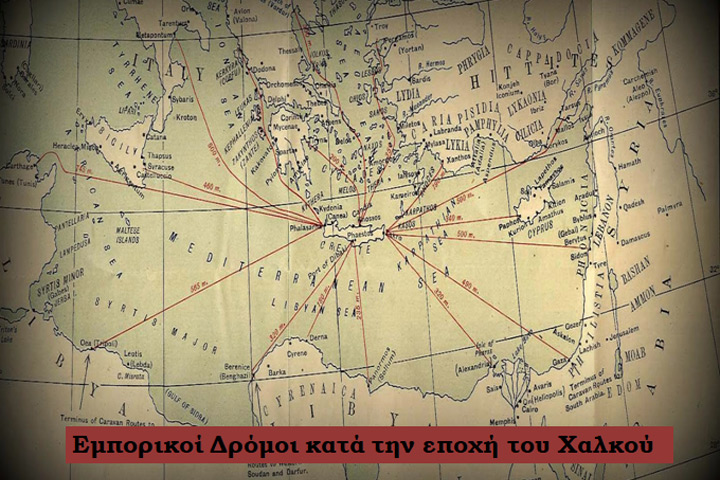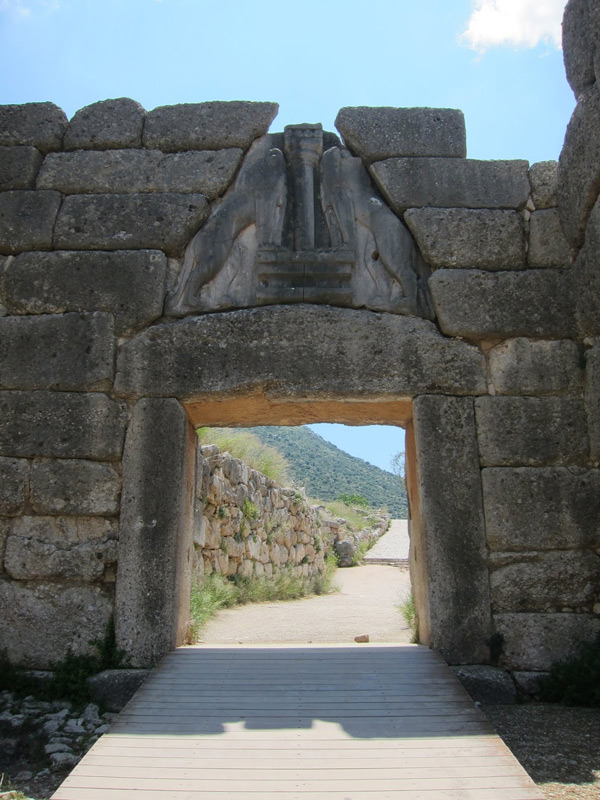History - Silk Road Stories
History of Greece
«In the beginning was the myth»
According to ancient Greek mythology, three elements existed far before: Chaos, Gaia and Eros. Chaos was obscure with no trace of life. This terrifying being gave birth to Erebus and Night. Eros, entering between them, managed to unite them, putting away the endless loneliness that had dominated them for centuries. Ether and Hemera resulted from this strange relationship.

Gaia, who was lying in the endless Chaos, after the birth of Ether and Hemera, also gave birth to Uranus, the Mountains and Pontus. After them many gods were born such as Cronus and Rhea.
Gaia symbolized for the Greeks the inexhaustible power and the source of fertility. She was considered the universal Mother and mother of the gods. Subsequently Uranus was dethroned by Cronus and Cronus from Zeus, who belongs to the family of Olympian gods.
Paleolithic Period
Beyond mythology however, the first evidence of human life in Greece dates back to the Paleolithic period between 120.000-10.000 BC.

Neolithic period
The beginnings of civilization in Greece can be traced back to the Neolithic period. Many ruins of settlements and tombs of this period have been discovered in Thessaly, Macedonia and the Peloponnese.

Bronze Age
The first urban centres are established during the Bronze Age and evidence thereof has been found in all of today’s Greece, like in the Northeast Aegean Islands, Cyclades, Crete and mainland Greece.


Cycladic Civilization
hese islands have been the cradle of an important civilization, the Cycladic, which flourished during the Early Bronze Age. The most characteristic creation of Cycladic art during the Bronze Age is the marble idols.

The majority of them are representations of nude female forms; few of them represent male musicians, warriors or hunters. Forms are highly stylized, with few but characteristic details. Earthenware vases, which have various shapes, are decorated with simple linear patterns. Particularly impressive are also the marble vases, as well as the metallic ones with simple engraved decoration.
Minoan Civilization
There was commercial and cultural communication between the Minoans and the peoples of the Eastern Mediterranean countries. This led to commercial and cultural exchanges and to the development of a civilization that has spread to the Aegean islands and mainland Greece.
During that period Crete became the main exporter of jewellery, specialized craft works, olive oil and wine, as well as a major importer of raw materials.

During that period the first large commercial fleet was developed in Crete.
This situation continued until about 1.500 BC, when Crete was tragically destroyed due to the eruption of Thera volcano.
Mycenaean Civilization
Mycenaeans, who were based in mainland Greece, benefited from the collapse of the Minoan civilization and established themselves as a leading force throughout the Aegean during the last centuries of the 2nd millennium BC.
Major centres of the Mycenaean era are Mycenae, Pylos, Tiryns, Thebes, Iolcus. The Mycenaean civilization flourished for about four hundred years.
The Mycenaean cities were big and powerful, art and agriculture flourished and there was great prosperity. In this society the king was the one who had accumulated wealth.
The boom of this culture continued until the 12th century BC, when the power of the Mycenaean kingdoms gradually collapsed.

Geometric period

After the Mycenaean era, there has been a long period of economic and cultural stagnation, which lasted approximately from 1.150-900 BC. Since the 8th century BC Greek societies are recovering and the first Greek city-states are established.
Archaic period

In the archaic period that followed, fundamental political and social changes were accomplished. At the end of this period the first democracy was established in Athens.
The Greek city states proceeded with founding numerous colonies on the coasts of the Mediterranean and of the Black Sea.
Classical period
Sciences, theater, sculpture and architecture, and especially Philosophy, are making a tremendous progress.
During the golden age the Parthenon is built on the Acropolis in honour of the Goddess Athena, patron of the city of Athens, and other important works of architecture and sculpture are being created. Greek philosophy reaches its peak, with philosophers such as Plato, Aristotle, Anaxagoras, Zenon and others.

Great tragedians like Aeschylus, Sophocles, Euripides and comedians like Aristophanes create immortal works, while great sculptors and architects such as Phidias, Ictinus and Praxiteles create monuments and statues that will forever remain as the masterpieces of the classical Greek culture.
Decline and loss of Athens sovereignty comes with the end of the Peloponnesian War, in 404 BC, upon its defeat by the Spartans.
Alexander the Great
In 338 BC the eighteen-year-old Alexander led his Macedonian cavalry to a victory in the battle of Chaeronea. After the assassination of his father Philip, in 336 BC, Alexander undertakes to unite the Greeks and lead the expedition against the Persians.
Alexander overthrew the vast Persian Empire and reached up to the Indus River.

This enormous empire radically changed the political and cultural situation in the then-known world.
Hellenistic period
After Alexander’s early death at the age of thirty-three, his vast empire was divided among his generals and, despite the fact that the state he created did not continue, his legacy was a unified economic and cultural world extended from the Strait of Gibraltar to Indus River in India.
This era is called Hellenistic (3rd-1st century BC). During the Hellenistic Era, sciences and arts experienced great prosperity. The Greek city-states have lost their position as regards power and prestige, they remain however self-governed and independent.


The Roman era
In 146 BC Greece was conquered by the Romans and the country became part of the Roman Empire. Rome was generally culturally influenced by the Greeks to a point that today we are talking globally about the Greco-Roman civilization that was created during this period.
Apostle Paul, in the first century BC, played a key role in the spread of Christianity across Greece.

Byzantine era
In the 4th century AD Constantine decided to move the capital of the Roman Empire away from Rome to the area of the ancient city of Byzantium, establishing New Rome, which was later named Constantinople.
This shift in the centre of gravity to the eastern part of the empire marks the beginning of the Byzantine period in Greece.
- The flourishing of the Byzantine Empire
- The fall of the Byzantine Empire
For a thousand years, the Eastern Roman Empire was one of the most powerful military, economic and cultural powers all over Europe. The Empire acquired Greek character and the Greek language became the official language of the immense Byzantine Empire.
During that period religious architecture, music and hagiography flourished. Magnificent churches and monasteries are built in many areas of the Empire, culminating in the temple of the Hagia Sophia (Holy Wisdom) in Constantinople.

The fall of the Byzantine Empire began in 1204, when Constantinople was seized and ravaged by the Crusaders of the West. Areas of Greece were ruled by Frankish feudal lords, while coastal areas and many islands were occupied by the Venetians.
The restoration of the Byzantine Empire took place in 1262 and eventually it was destroyed by the Ottomans in 1453. Greece was gradually occupied by the Turks and became part of the Ottoman Empire.

Modern Greek History: 1821 to the present day
The Ottoman domination in Greece lasted four hundred years until the Greek Revolution (1821-1829). Greece was the first country to be able to secure its independence from the Turkish occupation.
- Independence of Greece
- World War II 1939-1945
- 1952
- 21st April, 1967
- July 1974
- Since 1981
After a long period of wars and bloody conflicts, the independent Greek state was created in 1830 and was eventually ratified by the Treaty of Constantinople in July 1832. However, that state did not include all parts of modern Greece.
The struggle for the liberation of all areas of Greece continued until the end of the Second World War.
In 1864 the Ionian Islands were incorporated, in 1881 parts of Epirus and Thessaly, in 1913, during the Balkan wars and under the leadership of the great Greek politician Eleftherios Venizelos, Macedonia, Epirus and the Eastern Aegean, in 1919 West Thrace and in 1948 the Dodecanese.
A more complicated process was the incorporation of Crete, which lasted from 1918 to 1913.
During the Second World War of 1940, Greece was one of the few countries that resisted Axis forces. Due to its geostrategic position, Greece is considered a vital area and the crossroads of three continents.

Greece became a member of NATO.
A coup d’état by a group of colonels led Greece to a military dictatorship until 1974.
A referendum resulted in the rejection of constitutional monarchy and the establishment of the current Presidential Parliamentary Republic.
Greece has been a member of the European Economic Community and subsequently of the European Union.
The numerous archaeological sites, museums and collections of objects from the Prehistoric, Ancient, Classical, Hellenistic, Roman, Byzantine, and Modern Periods are the evidences of the long and turbulent history of Greece, reminding of its greatness but also of its historic significance.



